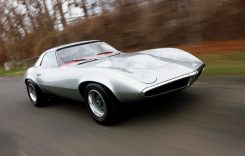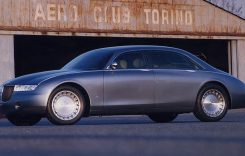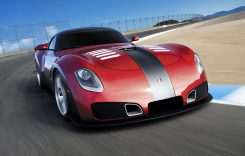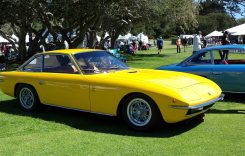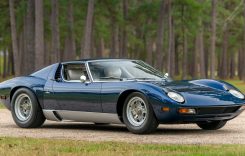Pontiac Banshee Coupe concept never really reached production as it was cut off because it was deemed too similar to the Corvette. Created by John DeLorean, the Banshee Coupe was supposed to fill a slot between the Chevrolet Corvette and Camaro. It officially had the designation GM Project XP-833 and was backed by Pete Estes.
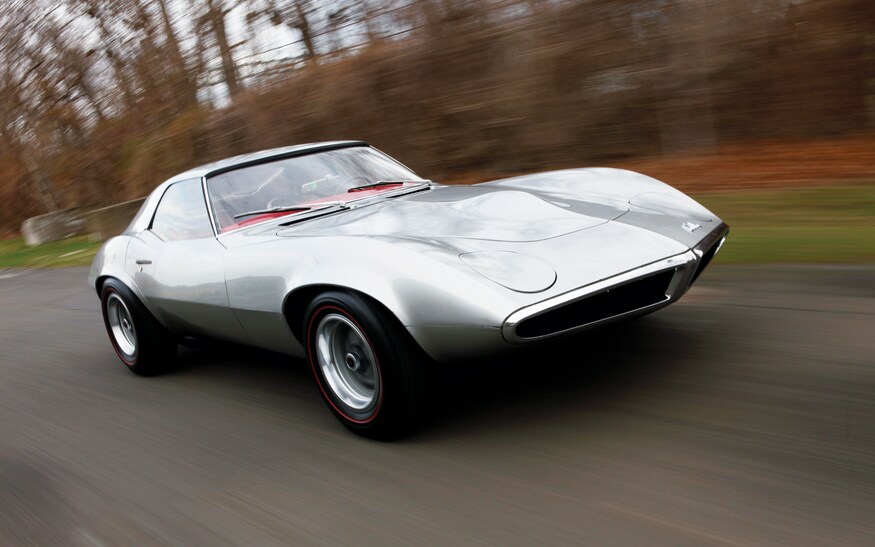
Featuring a two-seat fiberglass body like the Corvette, the Banshee Coupe was positioned as GM’s counter to the Ford Mustang. However, this concept was meant to target the market for two-seat sporty cars, a proposition that the Mustang cannot meet. DeLorean derived the Project XP-833 from the mid-sized corporate A-body coil spring, live rear axle suspension that also underpinned the 1964 Chevelle and LeMans.
However, it did not feature the heavy A-body perimeter frame and instead sat on a 90-inch wheelbase steel platform chassis. It gained a fiberglass body conceived by PMD designer Jack Humbert under the corporate design leadership of Chuck Jordan.
When completed, Project XP-833 provided a glimpse of future GM designs. Its external features included a long nose, short deck layout and a swooping “coke-bottle” profile. It also donned a broad grille with chrome bumper surround as well as steeply raked windshield.
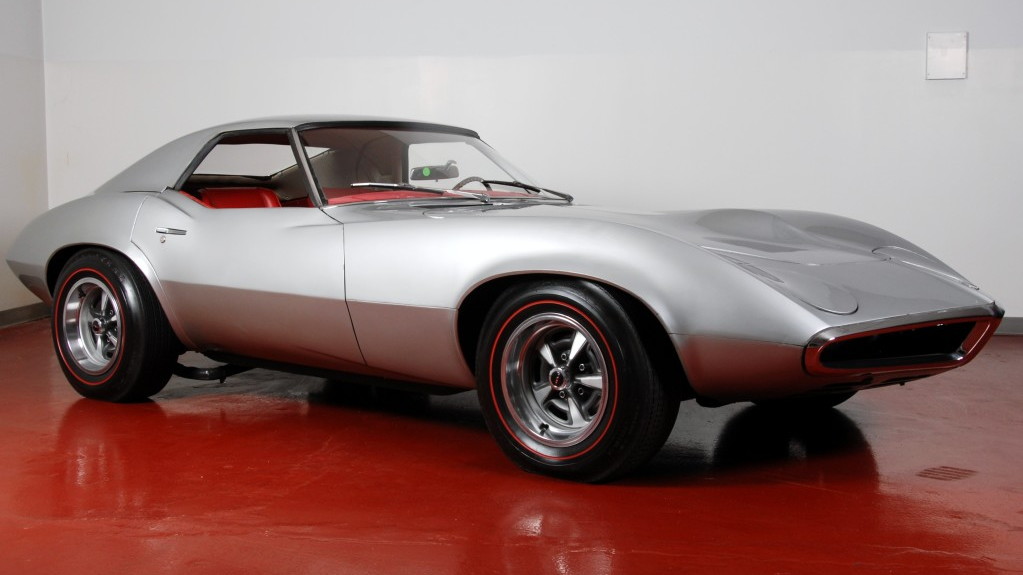
Moreover, Project XP-833 featured a fastback roof ending in a hint of a rear spoiler, bulging fenders and triple slit taillights. Additionally, the concept featured hidden headlights and a power bulge on the hood. All of these elements were – in one way or another – adopted by the third generation Corvette and became the styling cues of future Pontiacs.
Serving as the heart of the Banshee is an engine derived from a re-designed Chevrolet block. To improve this engine’s performance, DeLorean’s engineers decided to adopt a high performance single overhead camshaft cross-flow cylinder head, which was made viable thanks to one of the first applications of a fiberglass-reinforced toothed timing belt to drive the camshaft.
Although the engine in the Banshee coupe prototype was offered in 215 hp “Sprint” tune with a four-barrel carburetor and high performance camshaft, it was actually a base 155 hp single-barrel carburetor variant with a four-speed manual gearbox transmitting power to the live rear axle.
Additionally, the Banshee featured cooling air intakes under the long nose as well as fixed seats with movable pedals. Its exterior featured a silver finish while the interior was upholstered in bright red. The Banshee sat on Rally II styled wheels.
DeLorean and Estes managed to come up with two complete, running prototypes – this coupe and a white convertible. These two concepts are still up and running, although the project had received its deathblow from GM’s committee management, no thanks to obstinate opposition voice from Chevrolet, which regarded itself as GM’s source of high performance sports cars. In short, GM perceived the Banshee as a real menace to the Chevrolet Corvette.
Half a century has passed and the prototype Pontiac Banshee coupe remained at the same condition when it was last shown to GM management and driven by Pontiac executives. In fact, its odometer shows just around 1,500 miles.
Its original paint remains — protected and preserved with clear coat. In fact, in 2001, the prototype Pontiac Banshee coupe was one of the prestigious classics and important concept cars invited at the Meadow Brook Concours d’Elegance. Barrett-Jackson offered the prototype Pontiac Banshee coupe at their Scottsdale Auction.
Barrett-Jackson described the car in its catalog as a vehicle design that challenged the limits of American engineering and thinking. Barrett-Jackson added that the Banshee coupe had all the elements of an awesome performer but executives at GM viewed it as too much of a threat to the Corvette, resulting to the stoppage of any additional development.
The catalog noted that the Banshee’s influence on future GM products spanned decades, and some of its styling cues were adopted on vehicles like the 1968 Corvette. At the 2010 Amelia Island sale, the Banshee was again offered for sale at a price of between $400,000 and $600,000.
